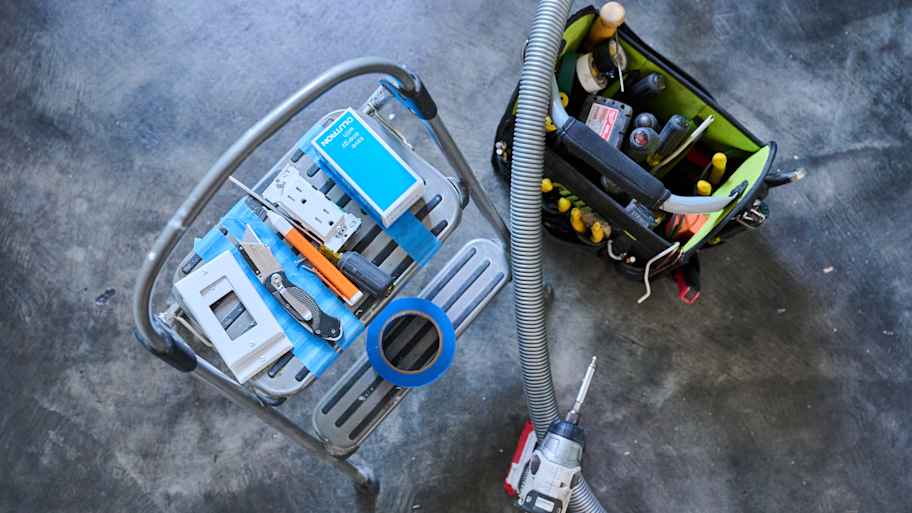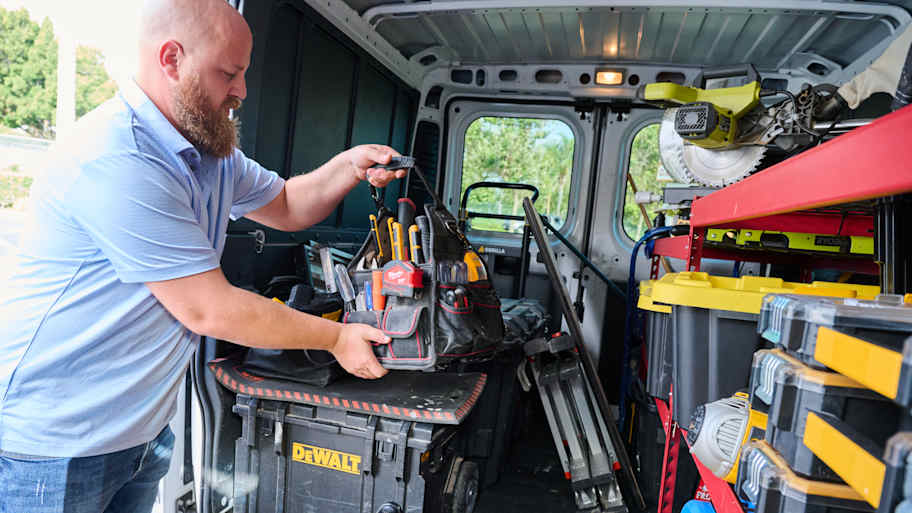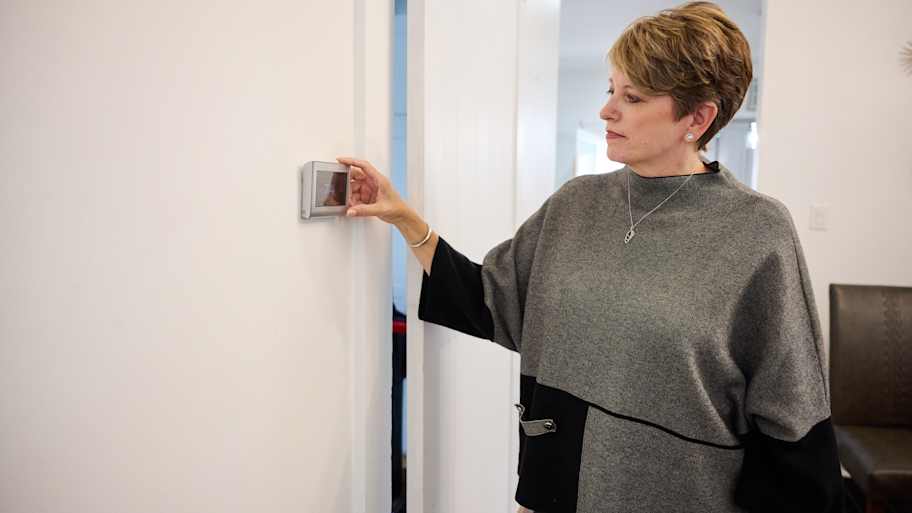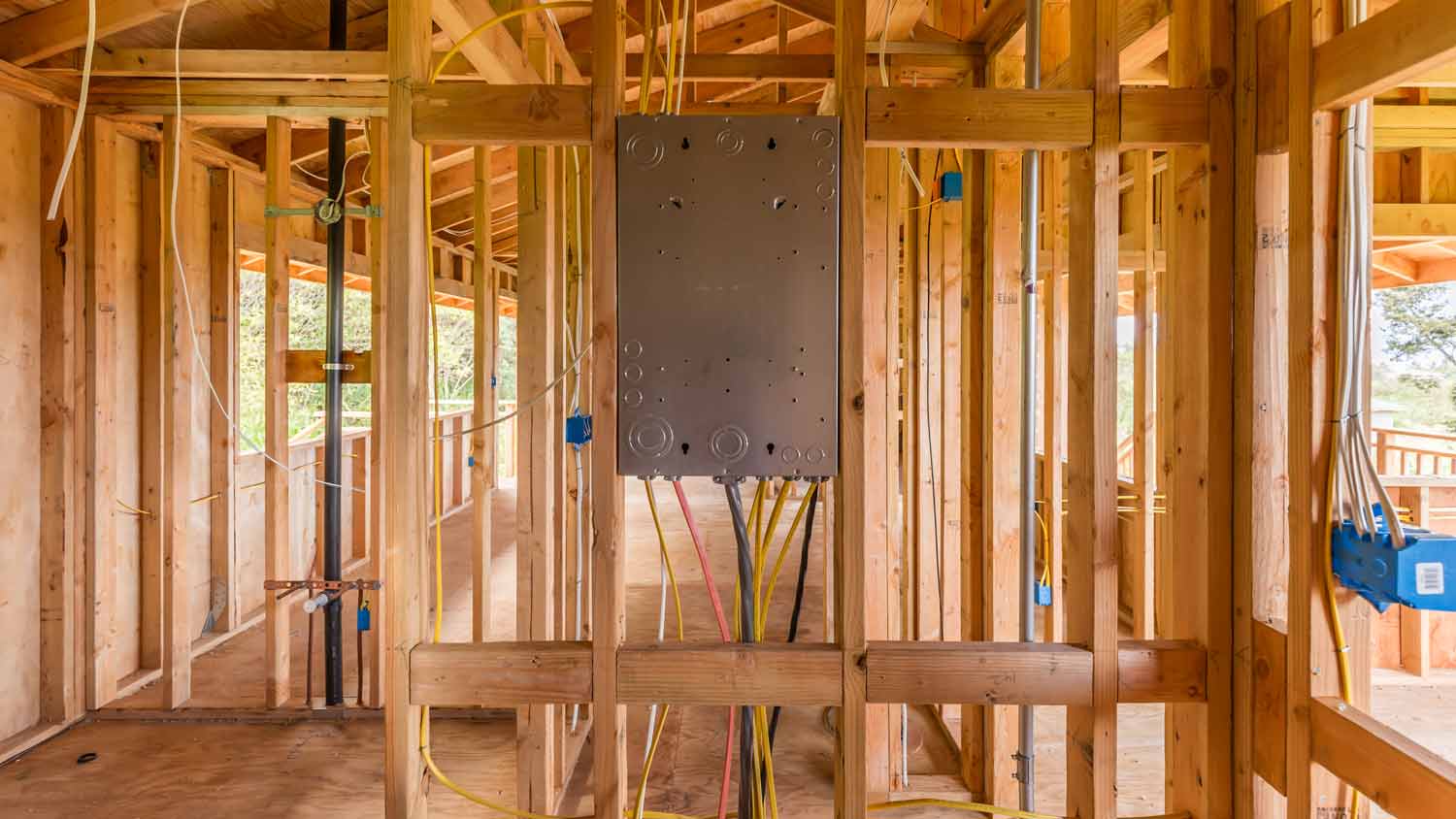What Is a Traveler Wire and Why Is It Important?
Traveler wires put in hard work to shed some light on your life


Traveler wires are found in multi-way light switches.
Travelers carry electrical current between the two switches in a multi-way switch.
Traveler wires are hot wires that are typically either black or red.
A traveler wire, also known simply as a traveler, is one of two or four electrical wires used to power a multi-way lighting circuit (depending on if you have a three-way or four-way switch). They’re essential components of a convenient, modern household. So, what is a traveler wire, exactly, and how does it work? Here’s a breakdown of the role of traveler wires and how to identify them in multi-way switches.
What Does a Traveler Wire Do?
The purpose of traveler wires in a three-way switch or multi-way circuit configuration is to allow a fixture to be controlled from multiple switches. When you flip one of the switches, it sends power through one of the traveler wires to the light fixture, turning it on. When you flip the other switch, it sends electricity through the other traveler wire to the light fixture. When you flip the opposite switch again, it breaks the circuit, shutting the fixture off.
For example, you may have separate switches on the top and bottom of your stairs to avoid having to tread cautiously in the dark. In this case, traveler wires are responsible for carrying the power to each switch so that every step you take is safe from the dark.

How to Identify Traveler Wires in a Multi-Way Switch
Since traveler wires are hot wires, meaning they carry electrical current, they are typically black or red per electrical wire color codes. Although it’s not common, they can also be covered in sheaths more closely resembling pink or violet colors. Double-checking the wire color is the easiest way to identify travelers.
In a three-way configuration, two traveler wires connect to the two lighter-colored brass screws on the switch (known as the traveler screws). These screws offer two different paths for power to move from one switch to the other. Similarly, in a four-way switch configuration, there will be two sets of two traveler wires connected to four brass screws. Two of these wires are for incoming power, and two of them are for outgoing power.
Another way to identify traveler wires is by using a multimeter to test for resistance. First, set your device to resistance, which is often shown as the letter omega (ꭥ). When you measure the wires, the ones that read 0.00 (or any number less than one) are the traveler wires, as there’s no resistance (aka good continuity).
Other Parts of a Multi-Way Switch

Aside from the traveler wires, you’ll also find a ground wire, common terminal, and neutral wires in a multi-way switch. Here’s how to differentiate these.
Ground Wire and Terminal
Along with the traveler screws, there’s a green screw attached to the switch that’s always reserved for the ground wire. This safety feature protects against electrical surges in the switch and prevents you from getting shocked and your appliances from getting damaged in the event of a power surge. Typically, this is a bare copper or green insulated wire.
In older models of multi-way switches, grounding screws were not mandatory, so if you’re replacing an older switch, you may not find a grounding screw. That said, if your switch doesn’t have it, experts strongly recommend that you invest in the cost of replacing a light switch with a model that’s up to date.
Common Terminal
The last screw on the switch is the common terminal. It usually appears darker than the traveler screws in shades of dark brass, copper, or black. The function of this screw depends on its position in the circuit; it will either accept the incoming hot wire from the power source or connect to the hot wire that leads to the light fixture.
Neutral Wires
Behind the light switch, you’ll also find a bundle of white neutral wires. The purpose of these is to complete the circuit, allowing power to return to the energy source.
Three-Way Switch Wiring
When wiring a three-way switch, there are a few different ways to do it, depending on where the switches are and the layout of the cables. For example, you could set it up so that the cable from the power source goes to the first switch, then to the light, and finally to the second switch. Or, you could wire it so that the cables go through both switches before reaching the light.
If you’re troubleshooting a multi-way wall switch that only works when one switch is on, ensuring that your traveler wires are firmly connected to the screws is the first step to take. If you can’t figure out the issue or are hesitant for any reason, reach for your phone and call a pro.
In the same vein, keep in mind that any electrical work is complicated and dangerous, and it should only be attempted if you have prior experience and an in-depth understanding of electrical safety. Always shut the power off at the breaker before performing any work, and again, contact a local electrician if you’re at all uncertain.



.jpg?impolicy=leadImage)

- Home Generator Repair
- Lamp Repair
- Electric Repair
- Generator Installation
- TV Antenna Services
- Emergency Electricians
- Commercial Electricians
- Attic Fan Installation
- Attic Fan Repair
- Exhaust Fan Installation
- Electric Inspectors
- Subcontractors
- Electrical Construction
- EV Charger Installer
- Chandelier Installation
- Doorbell Installation
- Bathroom Fan Installation
- Ring Installers
- Electrical Panel Upgrade










